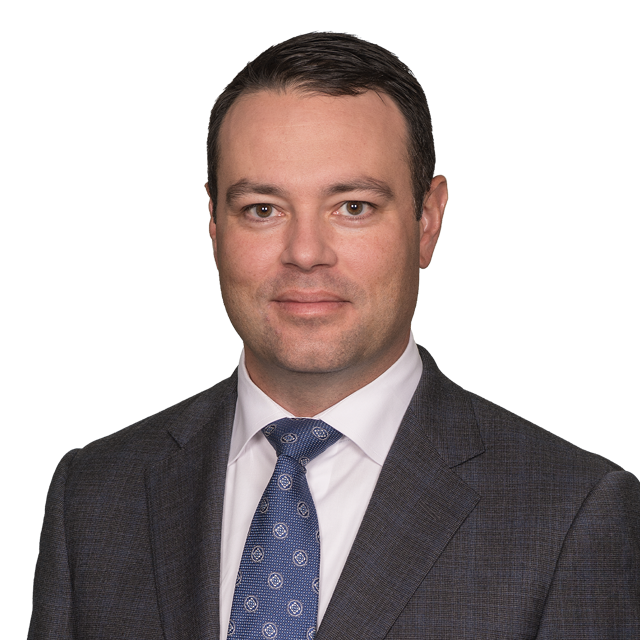Pharma and biologics manufacturers will soon have big decisions to make regarding their pharmaceutical and biological product strategy in Canada. On September 6, 2017, the Governor General in Council, on recommendation of the Minister for International Trade, announced that proposed amendments to the Patented Medicines (Notice of Compliance) Regulations will be proclaimed into law on September 21, 2017. The regulations govern patent infringement and invalidity disputes involving patented medicines between "first" and "second" persons (i.e., brand v. generic and biologic v. biosimilar products). These amendments affect Canadian pharmaceutical patent holders, pharmaceutical manufacturers and potential generic/biosimilar pharmaceutical manufacturers. We previously reported on draft amendments published in July 2017, which are the same as the amendments that will come into force on September 21.
The full text of the finalized amendments is available online.
IP Type
Patents
Summary
The amended Patented Medicines (Notice of Compliance) Regulations (PM(NOC) Regulations) will change how pharmaceutical patent holders approach litigation in Canada. Previously, a patent holder could assert a patent against a generic or biosimilar through the PM(NOC) application proceeding and also in a subsequent infringement action.
Now, a patent holder must decide whether to commence an action against a generic or biosimilar shortly after Notice of Allegation service, or not at all. The patent holder should consider whether to commence an action on additional, non-Patent Register patents at the same time. The patent holder must also weigh whether to allow the generic or biosimilar on the market during the infringement action suit to avoid paying “Section 8” damages (the generic or biosimilar’s damages due to being kept off the Canadian market during PM(NOC) litigation).
The generic or biosimilar also faces new decision points: whether to preemptively address additional patents not listed on the Patent Register to minimize later litigation and whether to launch “at-risk” if the patent holder waives the 24-month statutory stay.
Certificates of Supplementary Protection (CSP) Regulations
The Canadian government also announced that the Certificates of Supplementary Protection Regulations would come into force on September 21, 2017. CSPs provide a form of “patent term extension” meant to compensate patent owners for time spent in research and while seeking marketing authorization. CSPs have terms of a maximum of two years. CSPs can be added to the Patent Register and litigated like Register patents, and will be a valuable tool for patent holders.
The full text of the CSP Regulations is available online.
For further information on how to protect and enforce your intellectual property rights, contact Dominique Hussey, Jeilah Chan, or another member of the Intellectual Property Litigation team.
Equip is our platform for curated, key intellectual property cases. Delivered weekly, Equip distills the current substantive and procedural issues in Canadian IP litigation, equipping you with the key points for your business.























